In the last blog we wrote we covered vertical milling machines, horizontal milling machines, universal milling machines, and CNC milling machines. We are continuing that blog by talking about a few other types of milling machines, their functions and price points.
Column Milling Machines
The column milling machine, or column and knee type, is a blanket term to cover a few of the most common machines, including vertical and horizontal milling machines. So named because the vertical column is attached to the base, and the knee is mounted to guideways allowing it to move vertically. The column is the primary supporting frame of the knee, worktable, and overarm while housing the driving mechanisms for the spindle and table feed. Column milling machines were typically used to machine car parts, but they work well for operations in various industries. Since column milling machines cover an extensive range of machines, their costs will vary from a few thousand dollars to hundreds of thousands.
Tracer Controlled Milling Machine
Any metal pattern shop producing cast iron patterns for automated foundries in the 1970s had several tracer mills on their shop floor. These machines used a stylus to follow a pattern, while multiple heads with ball end mills machined cast iron blocks to reproduce patterns, cams, and other contoured surfaces in cast iron or some other metal.
Although tracer-controlled milling machines were standard equipment several decades ago, high-speed 3-axis CNC mills have long replaced the wooden patterns and the talented wood pattern-makers who created them. Today, a CNC programmer using sophisticated manufacturing software takes the place of the pattern-maker and avoids the pattern altogether.
Since the tracers have lost much of their demand, you can buy them for a few hundred dollars.
Duplex Milling Machine
Duplex milling machines are a combination of two machines placed opposite one another. The two machines work separately or as a single unit when the workpiece is machined with two spindles simultaneously. Duplex spindles can move either horizontally or in vertical directions. And they can be either CNC machine tools or manual machines.
Rotary Table Milling Machine
A rotary table is an attachment fastened to a milling machine rather than a separate machine. Typically clamped to a vertical milling machine, it enables precise positioning or allows for cutting round shapes. The rotary table can be fastened either horizontally (flat) on the table or vertically, depending on the shape of the finished part. It can also be operated manually or by CNC control.
Contact Us
Get in touch with us today to talk about your milling project! We would love to help you complete your project and answer any questions you might have. You can contact us by filing out the contact form on our website

